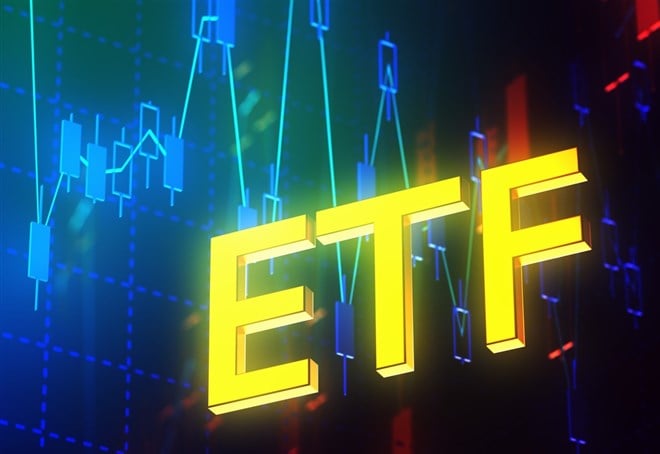Two High Yield ETF That Can Substitute For Index Funds

High-yield ETFs can be helpful in times of volatility. Many investors may not wish to invest in individual stocks, and ETFs can be a good alternative to diversify risk. ETFs also allow you to avoid the high fees that are often associated with managed mutual funds and active funds.
What to look for when buying ETFs?
Cost: ETFs should on average have a low expense ratio, especially if they are not actively managed. Anything less than 0.5%, provided the fund is outperforming your average index fund, is suitable.
Dividend Yield: dividend yields can compensate for both volatility and underperformance, and a well-managed fund with a high dividend can be a great part of a long term portfolio.
Volatility: the lower the volatility the better. ETFs are meant to have volatility similar to that of the broader markets, especially if their performance is similar.
The market capitalization of holdings: holdings of the company are important, they should be liquid, and the larger the better.
AUM: the higher the AUM the more popular the fund is, on the other hand, large-sized funds may not have the dividends or returns for investors looking to outpace the S&P.
Consider the following two dividend-providing ETFs as part of your portfolio, both of which have outperformed broader indexes on net.
Vanguard Utilities ETF (VPU)
The Vanguard Utilities ETF (VPU) offers exposure to the domestic utility sector, a corner of the U.S. market that has historically exhibited low volatility and often features an attractive distribution yield. The ETF looks to track the performance of the MSCI US Investable Market Utilities Index. The fund currently yields around 3% but that will likely rise as dividends of the underlying holdings increase. The fund is very liquid with $73 billion in assets under management. The expense ratio of the fund is currently only 0.1%. The average expense ratio for similar funds is around 0.94.
Utilities companies continue to benefit from the current inflationary environment, and are witnessing increased cash flow. So anyone looking to hedge against the current backdrop of inflation can look at this ETF. Utilities companies should benefit from a number of key issue factors, including increased spending by the Biden administration. The administration is planning a multi-billion dollar investment in traditional investment infrastructure, which should help utility companies, and the utility sector in general has been doing well during the past few years.
The fund has averaged around 9% over the last five years and considering the importance of utilities to everyday households, and the pricing power of the utility sectors, investors could consider the ETF as a way to diversify their portfolio.
Alerian Energy Infrastructure ETF (ENFR)
Alerian Energy Infrastructure ETF (ENFR) is an ETF that primarily tracks the Alerian Midstream Energy Select USD Index. The ETF is primarily composed of North American energy infrastructure companies, including those engaged in midstream activities including gathering, processing, liquefaction , pipeline ,distribution, transportation, rail terminaling and storage. The ETF has a lower than average expense ratio of 0.35% and has a dividend yield of 7.1%.
The fund is currently up 20% YTD, despite the broader economic issues, and averages around 4.5% returns over a 5-year period.
Energy infrastructure companies continue to benefit due to the strong demand from energy-related products. Both local demand in the United States and demand from places such as Europe makes this ETF a strong consideration. Energy infrastructure is expected to remain robust until and unless we see a significant demand drop. Consider this ETF if you’re looking for a long-term play on energy without the volatility of commodities.
The midstream industry faces a number of risks from the broader market, including a slowdown in the economy, infrastructure outages, and geopolitical risk. But considering energy is central to economic need, Midstream companies tend to do well regardless of what’s happening around in the broader market.
More News
View More



Recent Quotes
View More
Quotes delayed at least 20 minutes.
By accessing this page, you agree to the Privacy Policy and Terms Of Service.